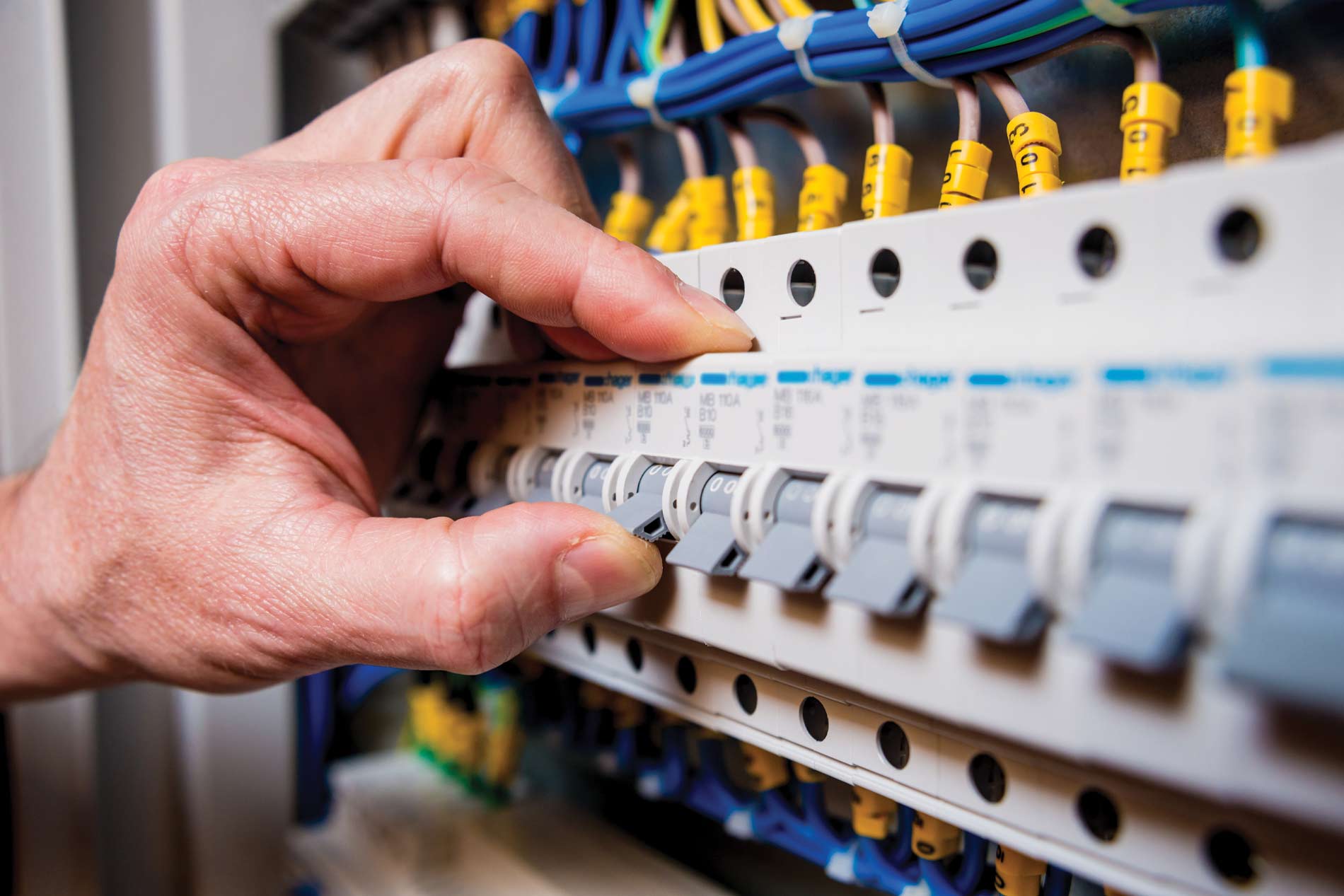Web server rooms and data centres generate a large quantity of heat due to the operation of processors and other components that work using electricity. Here, the electric energy is converted to other forms of energy leading to the dissipation of heat.
The release of heat elevates the temperature inside these server rooms. Given the sheer volume of electrical components in these data centres, the heat generated is quite high. Also, the presence of smaller components within the computer and other gadgets restricts the flow of air inside these devices.
This increases the temperature of the gadgets. If the temperature isn’t controlled, it can cause severe damage to the equipment. The extent of damage can range from the warping of a board to the failure of the circuit. This could lead to downtime resulting in huge losses to the organisation. The massive cost of repairs can add to your organisation’s woes, which can be worsened with the loss of data.
The solution to all this is a cooling solution.
Estimating the Cooling Requirements
Except for low powered server rooms, all other server rooms will require dedicated cooling systems. Even the low powered ones will at least require ventilation and air-conditioning. While power consumed is just one parameter in deciding the cooling requirement, other factors such as room size, the heat generated from the lighting system, heat from the power supply, and even human body heat should be considered. HVAC Systems are predominantly used in web server rooms and data centres to provide the required cooling and ensure the efficient running of the equipment inside.
What Is an HVAC System?
HVAC is an abbreviation for Heating, Ventilation, and Air Conditioning which is used for heating and cooling of both residential and commercial places. The HVAC system is responsible for maintaining the indoor temperature as well as humidity.
These systems can even filter and clean the indoor air to ensure optimal comfort for the personnel and maintain the ideal operating conditions for the equipment. These robust features should essentially answer why HVAC is important for the sustainability of your business.
HVAC systems are designed using the principles of thermodynamics, heat transfer, and fluid mechanics. When employing HVAC systems for the server room and data centres HVACs, the H or heating of the HVAC system will not be required. The V or ventilation in the HVAC system mechanically draws the air and either releases it in the room or sends it to the air conditioning for cooling it. The AC of HVAC does the job of cooling the air before releasing it inside the room. The cooling mechanism will differ based on the requirement and goals of installing the HVAC system.
- Cooling the Web Server Infrastructure
- Window Air Conditioners
- Cooling Only Packed System
- Chilled Water System
- Cooling only Split-System
Power Consumption by the HVAC System
It is essential for organisations to understand the power consumption of the HVAC system to estimate the operating costs and to select the appropriate HVAC system. A few of the ways this can be done is as follows:
- SEER: Seasonal Energy Efficiency Ratio measures the air conditioner’s cooling efficiency. So, a high SEER value indicates greater energy efficiency and better energy-saving capacity.
- Wattage: The amount of electricity consumed by your HVAC system will also indicate the efficiency of the installed system.
These power consumption parameters should form an important factor in determining the HVAC system you will install. While some HVAC systems may require a lesser initial investment, the lower efficiency will increase your power consumption costs.
HVAC and Server Rooms
While using HVAC can certainly solve the overheating problems in your web server rooms and data centres, there are a few best practices that will help you reduce heat dissipation in the first place.
- The location of the server room should not be directly adjacent to rooms with higher temperatures.
- The server should be as dust-free as possible since the dust particles can clog the ventilation system over a period of time.
- The design of the server room is also critical, and the more ventilation you provide, the lesser the heat that is generated in the server room.
- Ensuring that all the equipment is kept on server racks with a sufficient distance between them to allow air passage is vital.
- Sensors that detect temperature should be installed to take required countermeasures during the early signs of temperature rise.
All the good practices and installing a cooling system will require upfront investment and overhead costs for its maintenance. However, these are non-negotiable if you are planning to host your own web server for your web assets.
Alternatively, opting for VPS Hosting offered by hosting providers can give you the same benefits minus the hassles and high costs of managing your own servers. With Virtual Private Server Hosting, your web assets stay in an isolated and completely customisable environment. At ResellerClub, we offer feature-rich VPS Hosting plans with root access, instant scalability and Tier IV data centres maintained by best-in-class HVAC systems.
For more queries or suggestions, please leave a comment below.
There is no ads to display, Please add some




